Fruits used as vegetables are botanically classified based on their seed-bearing structure. These foods are commonly prepared and enjoyed as vegetables in various dishes. This characteristic allows them to bring both the sweetness of fruits and the versatility of vegetables to your meals.
Here, you’ll explore 16 fascinating fruits that are eaten as vegetables around the globe. The most popular are tomato, bell pepper, avocado, and more, perfect for savory and sweet delicacies.
Each fruit, with different tastes and textures, allows you to create numerous recipes in your kitchen. They are also a healthy packet to improve the nutrition in your meals.
In the last part, you’ll discover the similarities between fruits and vegetables to expand your knowledge about these natural foods.
Fruits used as vegetables are botanically classified based on their seed-bearing structure. These foods are commonly prepared and enjoyed as vegetables in various dishes. This characteristic allows them to bring both the sweetness of fruits and the versatility of vegetables to your meals.
Here, you’ll explore 16 fascinating fruits that are eaten as vegetables around the globe. The most popular are tomato, bell pepper, avocado, and more, perfect for savory and sweet delicacies.
Each fruit, with different tastes and textures, allows you to create numerous recipes in your kitchen. They are also a healthy packet to improve the nutrition in your meals.
In the last part, you’ll discover the similarities between fruits and vegetables to expand your knowledge about these natural foods.
16 Popular Fruits Served as Vegetables
Explore the diversity of fruit vegetables with the 16 options below. Each will surely add a twist to your dishes with its delightful flavors and nutritional perks.
Tomato
- Berry
Botanically speaking, a tomato is classified as a fruit that develops from a flower’s ovary and contains seeds. Of course, tomatoes are mostly used as a vegetable in many cuisines.
With a vibrant red color, juicy texture, and slightly tangy flavor, tomatoes are commonly used in salads, sauces, soups, and stews. They are a staple in classic Italian pasta sauces, Mexican salsas, and Mediterranean salads.
Their adaptability in cooking methods, such as roasting, grilling, and sautéing, is perfect. Plus, tomatoes are the base for popular condiments like ketchup and paste.
Whether fresh, canned, or dried, tomatoes are a good addition to enhance the flavor and color of dishes. They also contain essential nutrients like vitamin C, potassium, and antioxidants, making them a healthy ingredient in any meal.
Bell Pepper
- Berry
Bell peppers, often called sweet peppers, are treated as vegetables due to their versatility in dishes.
Available in colors like green, red, yellow, and orange, bell peppers add colors and a mild, sweet taste to recipes.
They are used in salads, stir-fries, roasted/grilled dishes, and as crunchy, fresh snacks. Bell peppers are in season during summer and fall but are available year-round, making them a staple in cuisines worldwide.
Cucumber
- Berry
Cucumbers are technically fruits because they develop from the flower of the cucumber plant and contain seeds. In the kitchen, they are well-loved ingredients in recipes thanks to their mild flavor and crisp texture.
Cucumbers shine in salads, sandwiches, and cold soups. They are known for their high water content, which makes them refreshing and hydrating, especially in hot weather. You can eat them raw, pickled, or even blend them into drinks. Also, it can be used as a beverage garnish.
Nutritionally, cucumbers are low in calories and are ideal for your diet plans.
Zucchini
- Berry
Zucchini, or summer squash, is a fruit vegetable with a tender flesh and mild flavor. Therefore, it can be cooked in several dishes, like stir-fries, casseroles, grilled sides, or baked goods like zucchini bread.
Zucchini’s use in the kitchen extends to its ability to be spiralized into noodles, stuffed, or sliced into ribbons for salads. It is most abundant in the summer but available year-round.
Zucchini is a low-calorie food with high fiber content that can improve your digestion.
Pumpkin
- Berry
Pumpkin is a common fruit vegetable with a rich orange color, thick rind, and sweet, earthy flavor. Regardless of sweet and savory dishes, pumpkins are a perfect ingredient in soups, stews, pies, and roasted vegetable delights
They are especially featured in autumn and winter recipes, bringing comfort to the dining table. They can be roasted, pureed, or baked to enhance their natural sweetness and texture.
Pumpkins are also popular in beverages, such as pumpkin spice lattes and smoothies.
Olive
- Drupe/stone Fruit
Olives are small, oval-shaped fruits from the olive tree. In a culinary context, especially delicacies in Mediterranean cuisine, olives are a staple in traditional and modern dishes.
Olives are known for their smooth, firm texture and varying shades of green to black. These fruits have a rich, slightly bitter taste that mellows and deepens with curing. They are harvested in autumn and winter; their peak season ensures the freshest flavors.
Whether you crave salads or cheese platters or use olives as pizza and pasta toppings, they can improve the overall taste of dishes perfectly. Plus, olives are high in healthy fats.
Chili
- Berry
Chili is another widely-used fruit veggie to add spiciness to delicacies. Chilies come in many varieties, including jalapeños, habaneros, cayenne, and even bell peppers, each offering different levels of heat and flavor profiles.
Chilies are also available in fresh, dried, or powdered form. Fresh chilies can be chopped and added to salsas, stir-fries, soups, sauces, and marinades. They are particularly popular in Mexican, Indian, Thai, and Szechuan dishes.
Chilies also play a crucial role in preserving food, as their heat can inhibit the growth of bacteria.
Eggplant
- Berry
Eggplant, aka aubergine, belongs to the nightshade family, Solanaceae, which includes tomatoes, potatoes, and bell peppers. It’s a native vegetable in India with a typical skin color of deep purple.
The flesh of eggplant is spongy and slightly bitter when raw, but it becomes tender and develops a savory flavor when cooked. They are a key ingredient in ratatouille, baba ganoush, and eggplant Parmesan.
Moreover, their spongy flesh absorbs flavors well, making them ideal for grilling, roasting, and baking.
Avocado
- Mexico
- Berry
Avocado is a creamy, green fruit from Central and South America. This pear-shaped fruit has a buttery texture and a nutty flavor that makes it shine in dishes and beverages.
From salads, sandwiches, and guacamole to smoothies and desserts, avocado enhances taste and nutrition. It’s also a great choice in vegan and vegetarian diets, providing a plant-based source of healthy fats and nutrients.
Regarding its nutrients, avocados are packed with healthy monounsaturated fats, vitamins, and minerals.
Squash
- Berry
Squash is another versatile fruit vegetable in cooking, similar to pumpkin from the same plant family, Cucurbitaceae. There are many squash varieties, including butternut, acorn, and zucchini, with different textures and flavors.
Squash can be roasted and pureed for soups, roasted and grilled as a side dish, or baked into pies and bread. The natural sweetness of squash pairs well with spices like cinnamon and nutmeg, which are ideal for fall and winter recipes like pumpkin.
Okra
- Berry
Okra, aka lady’s finger, features edible green seed pods native to the regions of West Africa and Ethiopia
When cooked, okra is somewhat slimy, which helps to thicken soups and stews. The flavor is mild and quite grassy, with a slight hint of sweetness.
Okra is a key ingredient in many Southern U.S. dishes like gumbo and jambalaya. They are also common in Indian curries, Middle Eastern, and African dishes.
Pea
- Berry
Pea, though botanically a fruit, is commonly used as a vegetable thanks to its sweet taste, vibrant green color, and tender texture. They fit into various dishes, from hearty soups and stews to fresh salads and stir-fries.
Pea’s natural sweetness pairs well with savory ingredients like mint, bacon, and garlic. Rich in vitamins A, C, and K, as well as fiber and protein, peas contribute to a nutritious diet as well.
Bean
- Berry
Beans are native to the Americas and ancient Mediterranean regions, with different types cultivated globally, like black beans, kidney beans, broad beans, and green beans.
Regardless of their kinds, beans are essential ingredients in soups, stews, salads, and casseroles, known for their ability to absorb flavors.
The flavor of beans can range from mildly sweet to earthy and nutty. Their texture can be creamy, firm, or starchy, depending on the variety and cooking method. Common methods are boiling, baking, frying, and mashing.
Beans are an excellent source of plant-based protein, making them a favorite among vegetarians and vegans.
Chayote
- Berry
Chayote, aka vegetable pear, is a green, wrinkled fruit from Central America. It has a pear-like shape with a crisp texture and a mild, slightly sweet taste.
You can consume chayote raw in salads or cook it to make dishes. It absorbs flavors well, perfect for stews, stir-fries, and soups. When cooked, chayote retains its slight crunch.
Tomatillo
- Berry
Tomatillo, or Mexican husk tomato, is a well-known fruit in Mexican-origin delights. Encased in a paper-like husk, tomatillos are small, round fruits with green or slightly yellow when ripe.
Known for its tangy flavor and firm texture, tomatillos are a great addition to salsas, sauces, soups, tacos, enchiladas, and grilled meats.
They can be roasted, boiled, or grilled to enhance their natural flavor.
Bitter Melon
- Berry
Bitter melon, aka bitter gourd, has a unique bitter flavor and crunchy texture. The fruit is oblong and elongated, resembling a cucumber with a warty, bumpy surface.
Bitter melon is often stir-fried, stuffed, or used in soups and stews. It’s especially popular in some Chinese, Vietnamese dishes, or African and Caribbean cuisines.
It’s also rich in vitamins A and C, folate, and fiber that potentially regulate blood sugar levels, making it a popular choice for those managing diabetes.
How Are Fruits and Vegetables Similar?
Fruits and vegetables share 7 key similarities such as:
Nutrient Density
Most kinds of fruits and vegetables contain essential vitamins, minerals, and antioxidants. They offer vitamins C, A, potassium, and folate, which are vital for good health.
Fiber Content
Both are excellent sources of dietary fiber. Fiber aids digestion, regulates blood sugar levels, and supports heart health.
Low in Calories
Many fruit and vegetable varieties are low in calories and fat. This makes them ideal for weight management.
Hydration
High water content in fruits and vegetables helps with hydration and maintains bodily functions and skin health.
Plant-Based
Both come from plants. Fruits develop from flowers and contain seeds, while vegetables come from roots, stems, leaves, and flowers.
Versatility
They can be eaten raw, cooked, juiced, or dried. They are versatile ingredients in many dishes.
Natural Sweetness and Flavor
Many have natural sweetness and unique flavors, enhancing the taste of various foods.
To learn the difference between fruits and vegetables, check the table below for more details.
| Aspect | Fruits | Vegetables |
|---|---|---|
| Botanical Definition | The mature ovary of a flowering plant typically contains seeds. | Edible parts of plants, including roots, stems, leaves, and flowers. |
| Taste | Usually sweet or tart | Usually savory or bitter |
| Common Uses | Eaten raw as snacks, used in desserts, juices, jams | Typically used in main courses and side dishes |
Fruits doubling as vegetables offer a delightful combination of flavors and versatility to your recipes. Have you explored all 16 varieties and discovered their benefits?
Share your experiences in the comment section and click like if this post is helpful. Thank you!


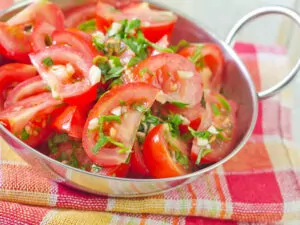


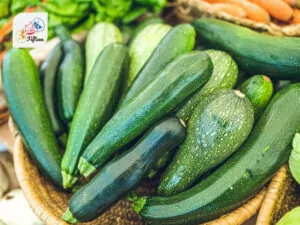

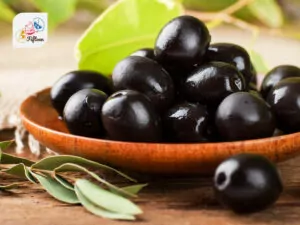
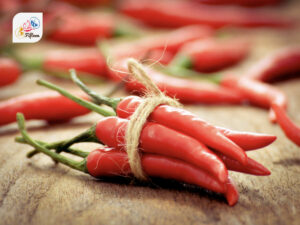
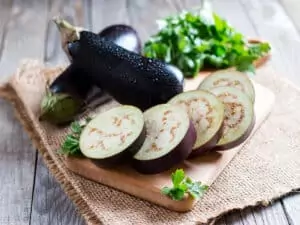
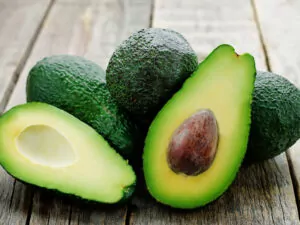
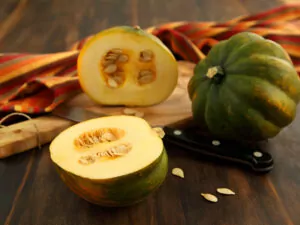

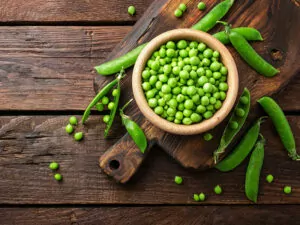
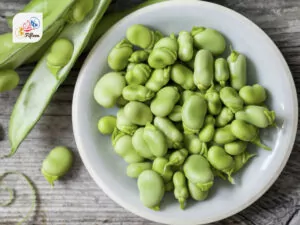
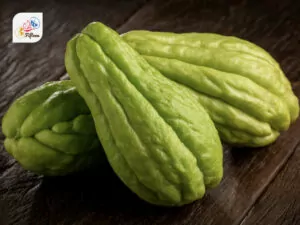
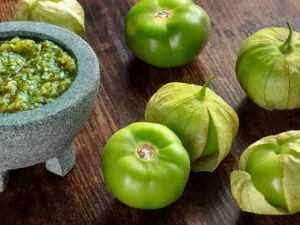
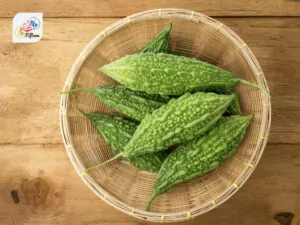
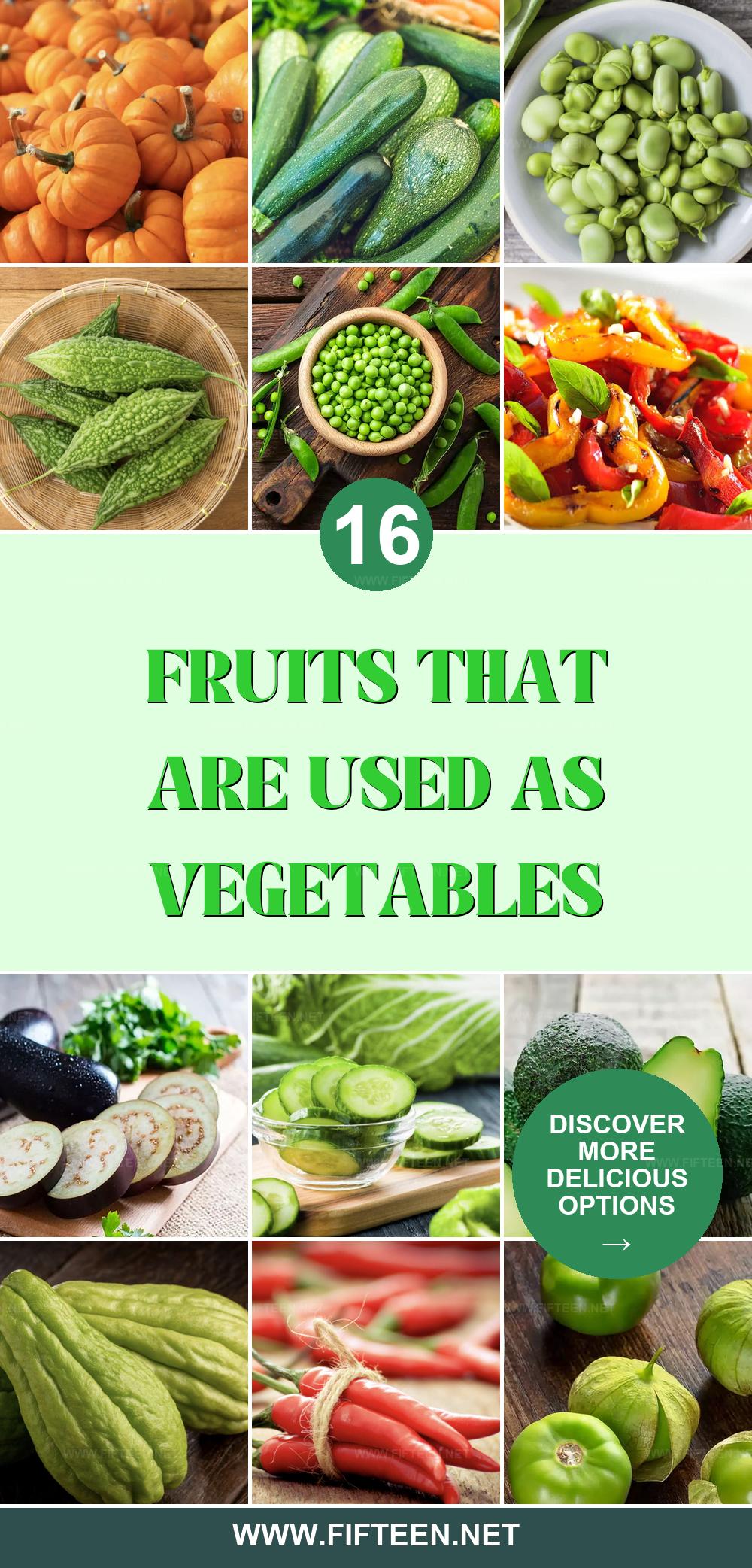
Jamie Scott
Editor in Chief, Senior Content Writer
Expertise
Home Cooking, Meal Planning, Recipe Development, Baking and Pastry, Food Editor, Cooking-video Maker, Western Food Evaluation Expert
Education
Le Cordon Bleu College of Culinary Arts
Local Community College, New York, NY
Jamie Scott is a skilled culinary expert and content creator specializing in Western cuisine. With over 15 years in the culinary field and formal training from Le Cordon Bleu, Paris, Jamie deeply understands how to blend nutrition with delicious flavors. His passion for cooking matches his commitment to making healthy eating accessible and enjoyable.
On Fifteen.net, Jamie brings a fresh perspective to classic dishes and beverages, offering readers insightful recipes, cooking tips, and a fresh view on meal planning that emphasizes taste, health, and simplicity.